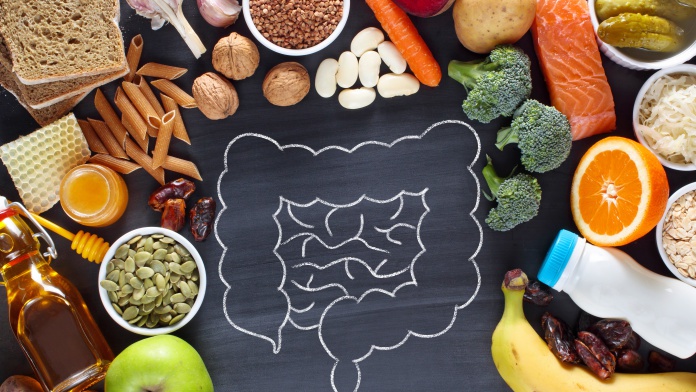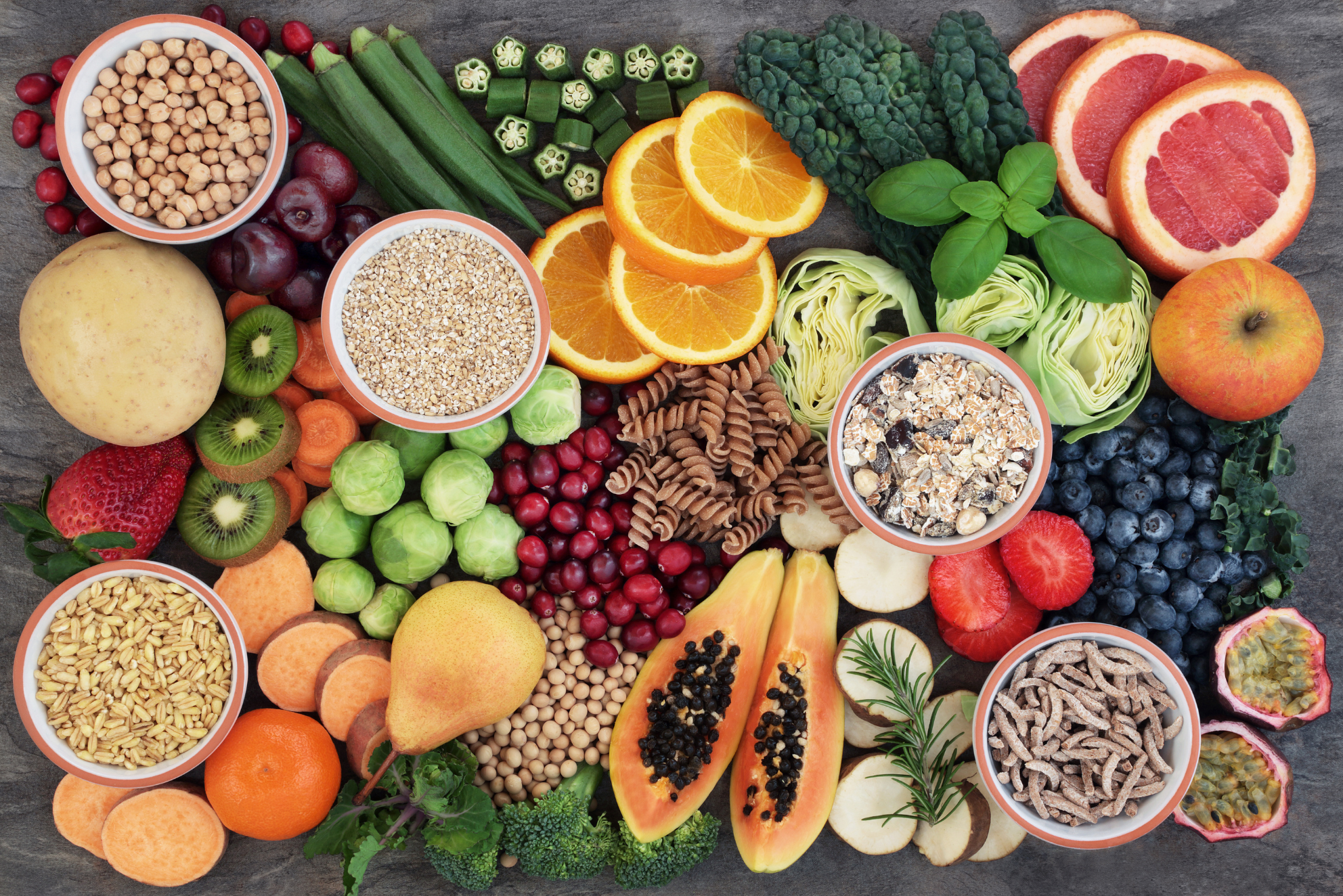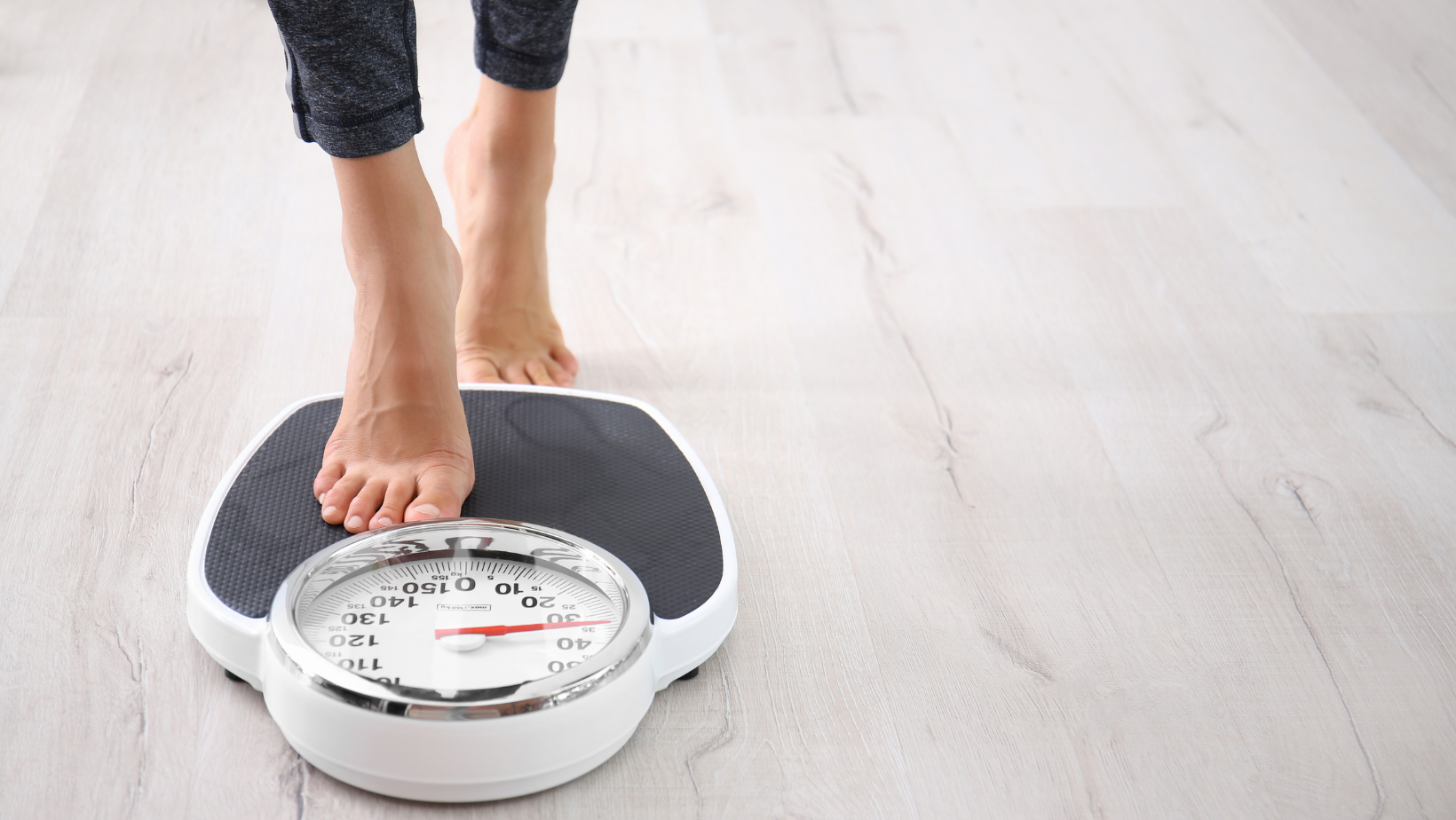
Fibre and Gut Health – The Lowdown (with science)
Gut Health. It’s impossible not to see or hear this term banded around, be it on social media, newspapers or on tv. But what is gut health and why all the sudden hype?
Let’s start with a simple overview of what we actually mean when using this phrase.
There is actually no single agreed definition of gut health but in general, we can assume we are talking about the health and disease of the gastrointestinal tract. This can be further broken down to the diversity, composition and function of the gut microbiome and the ways in which these factors may influence the absorption of nutrients.
Now, everyone who thinks they know anything about gut health has jumped on the bandwagon and you don’t have to search too far on Instagram or Tik Tok to see “experts” giving their advice on this topic (let’s ignore how qualified they are to do this for now). However, the truth is there is not much solid evidence on what foods are best to resolve individual issues. We all have our own genetic make-up and it could very well be that there is not a one size fits all when it comes to dietary recommendations.
But there is one word which has a massive effect on the general health on our gut. And that word is fibre. So today, we’re going to go back to basics and look at this humble word and what it can do to improve our overall health, as well as our digestive system.
So what is fibre?
Well, for starters it’s something we need for the gut to work normally. It increases the good bacteria which supports our immunity against inflammatory disorders and allergies. Evidence shows that a diet high in fibre seems to reduce the risk of chronic diseases such as type 2 diabetes, cardiovascular disease and bowel cancer.

There are two types of fibre. Soluble and insoluble. We tend to categorise it by how well it dissolves, it’s thickness and how well it breaks down.

Insoluble is found in wheat bran and nuts. Although it does not absorb water, it does help bulk stools helping us go to the toilet more comfortably.
It’s important to say here that by eating a diverse range of foods which contain dietary fibre, we can improve the diversity of our microbiota, help reduce constipation and lactose intolerance, boost our immune system and reduce inflammation in the gut. Again, we don’t need to be too specific here, but encouraging clients to eat a wide variety of plants and wholegrains will be very beneficial.
Now, you may be reading this thinking it’s nothing new, but the bottom line is that most people do not consume anywhere near enough fibre. According to the British Dietetic Association, most Britons eat on average 18g of fibre a day. The recommendation in 30g. So why don’t we eat enough? If we are all so concerned with improving our gut health, why aren’t we following the basics?
Humans don’t like change
Everyone will usually display some barrier to change. It could be something as simple as a lack of awareness around how fibre can support bowel movements. People may believe foods high in fibre cost more. For others, it could be a taste issue – they may prefer and be drawn more to foods higher in sugar.
For some people, a lack of fibre in the diet could be down to a lack of cooking skills. And we cannot forget all the preachers who tell us to avoid carbohydrates as they make us fat and spike our blood sugar levels.
Finally, if you look at the traffic light system on our food labels, one thing that is missing is fibre.
Looking at today’s society and environment, we are moving even further away from home-cooked food and more towards refined, ultra-processed food that is quick, easy and ironically often way more expensive than a home-made meal.
But one of the best things we can do as professionals is look at the evidence and use this to help better people’s lives. And we know that a diet rich in fibre is one that gives the best results in terms of all the aforementioned health benefits.
So, although some things are out of our control, like how food is labelled and produced, we can still spread the message of the basic amounts of fibre we need and how to help get this into our diet.
If you stopped most people in the street, do you think they’d know what 30g of fibre even looks like? A good thing to keep in the back of your mind are the amounts you’re looking for on labels to identify fibre. If a label says ‘high in fibre’, it must contain 6g per 100g or above. If it’s labelled as a ‘source of fibre’, the requirements are for it to contain 3g or more per 100g.
For your average person in the street, this may still not mean much so posting examples on social media can be eye catching and likely to stick in people’s minds.
Now, if someone has a generally very low fibre diet, getting them to try and reach 30g in a day is probably not the best idea. They’d be likely to experience bloating, gas and cramps and possibly put off fibre for life. So, giving examples of foods which contain around 7g, would constitute just under 25% of an adult’s required intake and may help them make some additions to their existing diet.
According to the SACN, for every 7g increase in fibre, benefits include:
- 9% reduced risk of cardiovascular disease
- 7% reduced risk of colon cancer
- 7% reduced risk of stroke
- 6% reduced risk of Type 2 Diabetes
When you look at these statistics, we think you’d agree that most people would be happy to give a little extra fibre a try.
Upping your fibre intake, how to do it
Increasing this additional amount could be as simple as adding a couple of tablespoons of flaxseed and berries to a bowl of porridge, opting for a three bean chilli instead of a traditional meat one, throwing in ½ a can of kidney beans to a bowl of soup, or maybe even choosing hummus instead of cheese for a sandwich. Even having half a can of baked beans will give you 8g of fibre!

In all of these instances, the food we suggest does not come at a particularly high cost. Cheaper supermarkets like Aldi sell flaxseed and their wonky blueberries come at a fraction of the price of the unwonky ones! Pulses are cheaper than meat, and hummus can be made quite easily at home by blending a can of chickpeas, olive oil, garlic and tahini together. And again, a small tub in a supermarket is certainly cheaper than a lump of cheese.
So, the basics of what we are saying today is that improving our gut health doesn’t have to mean costly nutrition programmes or taking plenty of supplements. Keeping the diet varied and as unprocessed as possible with plenty of fruit and vegetables, wholegrains and pulses will push us easily towards the recommended 30g of fibre without breaking the bank or reinventing the wheel.
Just remember to encourage change in a slow and steady manner to keep everyone happy!
Want to go deep on fibre and many other nutrition topics? Check out The AfN Approved Nutrition Coaching Course – Foundation Programme HERE for our 10 module course on the fundamentals of nutrition science.
References
British Dietetic Association: https://www.bda.uk.com/
Examine.com/categories/gut-health (online): https://examine.com/categories/gut-health/